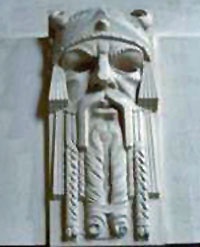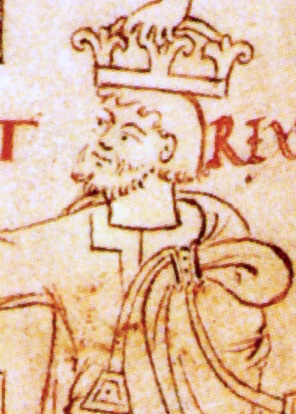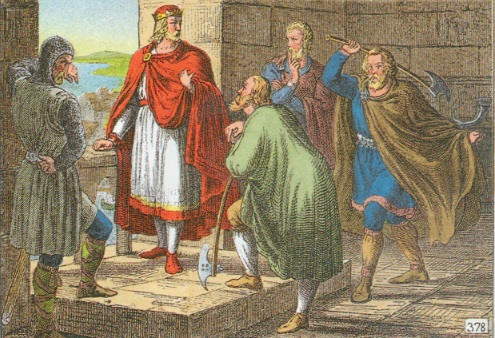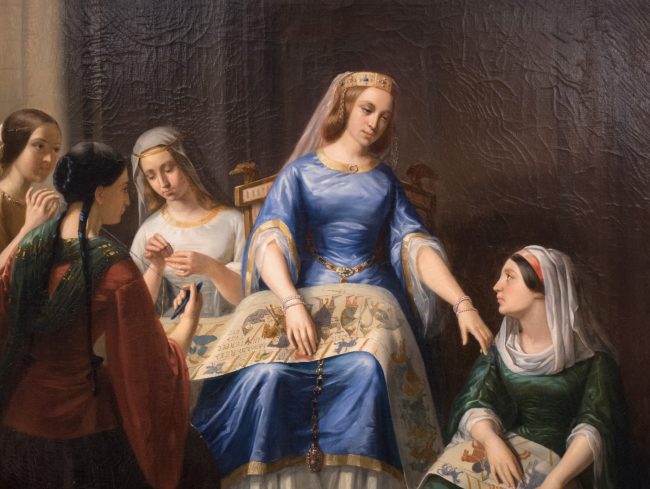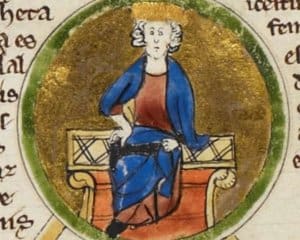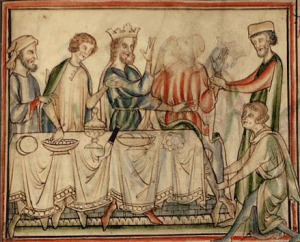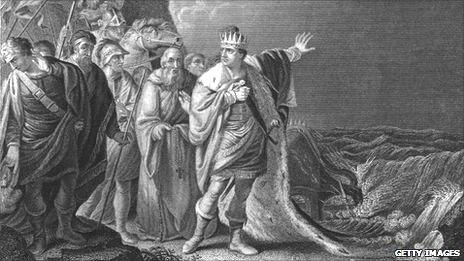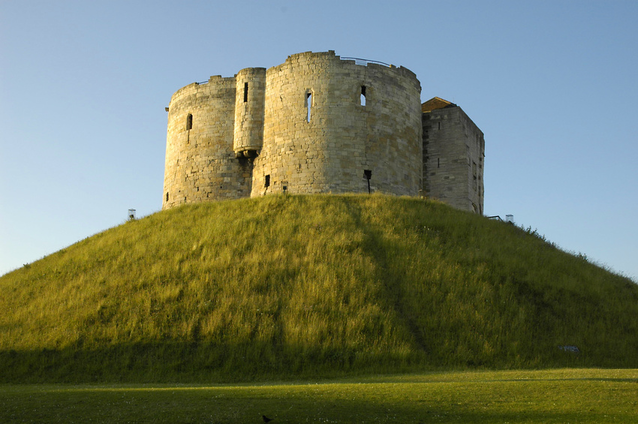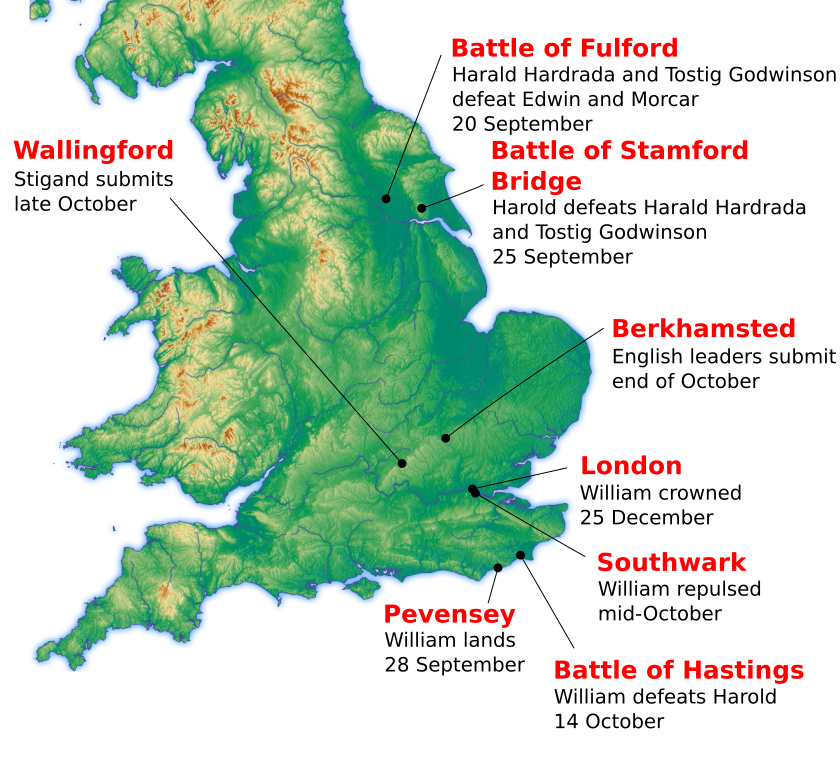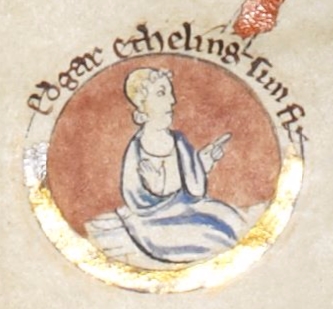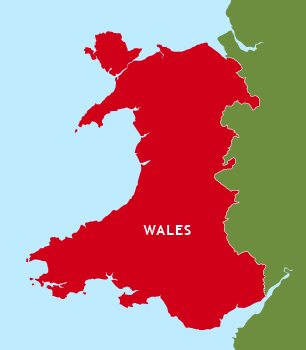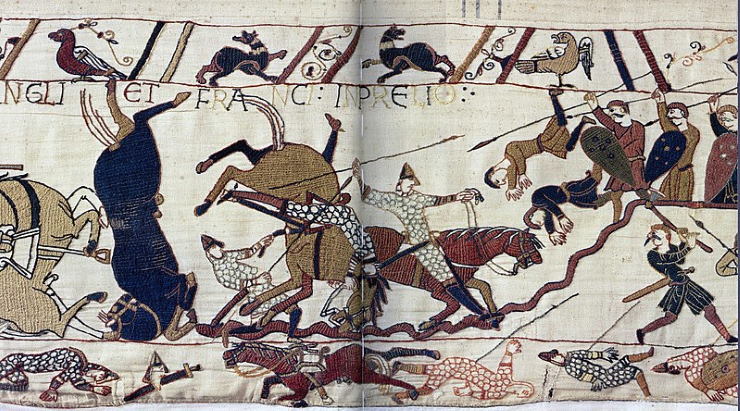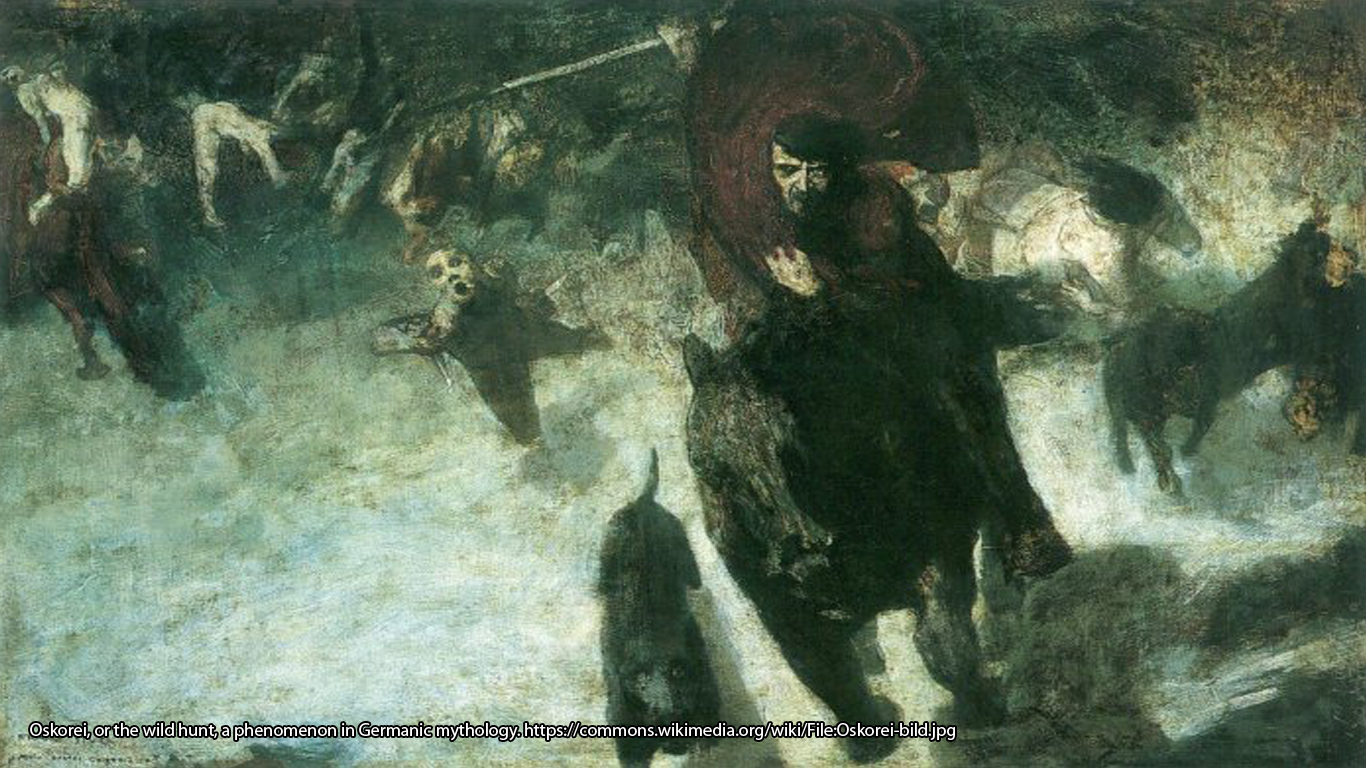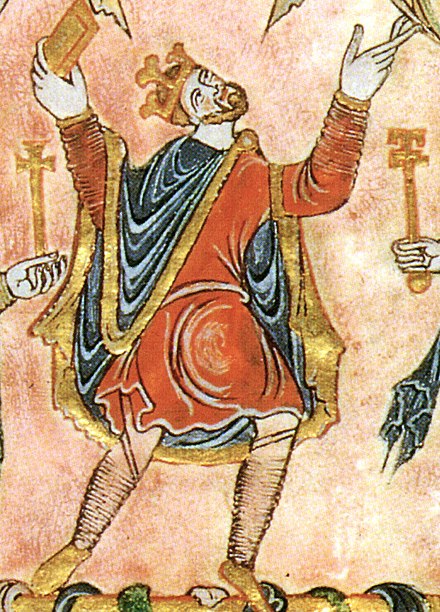
Edgar the Peaceful (943 - 975)
Now I’m not certain titles such as “the Good”, “the Peaceful” or “the Okay” are the sort of things you really want to hear in connection with kings. All right, I made that last one up, but Edgar was known as “the Peaceful” or “the Peaceable”. I mean, it’s not quite as impressive as “The Great” or “The Brave” or “The Wise” now is it? Not that there’s anything wrong with being peaceful, even for a king, and there are worse titles - we’ve got Charles the Simple, Ethelred the Unready, John Lackland and of course Ivan the Terrible - but it doesn’t bode well for expanding his kingdom does it? With predecessors such as Eadwig and Alfred the Great, Edgar the Peaceful just sounds like he’s kind of letting the family down a little. Is he? Let’s find out.
Perhaps it might be fair to say that, with Eadwig’s death removing all claim of the former king on the lands he held, Edgar, the new king, had no reason to wage war upon Wessex, as it automatically became his property when the power-sharing agreement was nullified on the death of Eadwig. So maybe he didn’t have to be a warlike king, and historians seem to agree that England pretty much solidified into the country it is today under his rule, whereas previously Eadwig had allowed parts of it to slip back into separate kingdoms (most notably, as already mentioned, Northumbria under the Vikings and then of course the part yielded to Edgar), so Edgar could be seen as the first king of a “united” England.
But while he may not have been a war-mongerer, there’s evidence to suggest Edgar was far from peaceful. When one of his ealdorman, Aethelwald, sent to suss out the beauty of Aelfthryth, whom Edgar was considering marrying, did the dirty on the king and married the girl himself, reporting her as not worthy of his affections, Edgar was not best pleased. At least, he was not best pleased when the deception came to his notice, and decided to head out and see the lassie for himself. Fearing the jig would be up, Aethelwald instructed his new wife to go against centuries of feminine instinct and make herself un-pretty, but Aelfthryth, knowing a better deal was on the table, unwilling to hoodwink the king and possibly fed up already with the ealdorman, ignored him and put on her best. King Edgar, on seeing her, said “that’ll do for me” and proceeded to battle his disobedient representative, killing him to teach him a lesson.
Having been an ally of Saint Dunstan during Eadwig’s time, it comes as no great surprise that on taking the throne Edgar invited the disgraced bishop back, awarding him with the Archbishopric of Canterbury. This union of Church and State as it were, compared to the fractious relationship that had existed between Dunstan and the previous king, gave Edgar the power to force through reforms and strengthen the hold of the Church over England, while also bolstering up his own power, now supported by that of the Church in the shape of Archbishop Dunstan. There were no sides to be chosen anymore, as both clergy and King were in concert, so there was little if any opposition to Edgar’s rule.
This was cemented by his Council at Chester in 973, when the King of Scotland, the King of Strathclyde (who had long fought against Eadwig’s incursions into his land) and several kings of Wales all came to pledge their homage to Edgar, perhaps giving him reason to claim being the first true king of Britain, not just England. To symbolise their submission to him, the six (or possibly eight) kings rowed Edgar personally in his royal barge down the river Dee. Edgar was also equated with Christ, this further binding him to and identifying and allying him with the Church (and, oddly, not pissing off the Pope, who was and is supposed to be after all God’s rep on Earth), making England once and for all, and forever a Christian nation.
Also oddly, Edgar’s coronation did not take place on his ascension to the throne but fourteen years later, seen not as the beginning but the culmination of his reign. Ironically, two years later he would be dead, having ruled for almost sixteen years. Unlike his predecessors however, Edgar had not been shy about putting himself about, and so there was a ready-made heir available when he popped his royal clogs.
Another Edward.

Edward the Martyr (962 - 978)
Okay, well if “The Peaceful” is the sort of title that as a king you would prefer to avoid, “The Martyr” is a whole lot worse. Poor Edward only lived to rule for three years, and as often happens when a strong (if “Peaceful”) king dies, disputes arose over who should succeed Edgar. It was widely believed (though not possible to prove beyond doubt) that Edward was a bastard, said to have been born to a nun whom his father abducted from Wilton Abbey, while his other son, Aethelred, raised the suspicions of Dunstan, as his mother had been already wed to Aethelwald before Edgar did him in. With no divorce proceedings - other than divorcing her husband from his life - the future saint ruminated on whether the marriage was therefore legal and legitimate.
In the end, both men would rule England, one as I say for a mere three years before meeting his end at the point of an assassin’s knife, the other for almost forty. Details of, and reasons for Edward’s murder vary, but there seems to be some basic agreement that it was perpetrated by men loyal to Aethelred, supported either tacitly or openly by his own wife the queen Aelfthryth, or possibly just because nobody really liked him. Under his rule, a lot of the land granted to Benedictine monasteries under his father’s reign were given back to nobles, while Dunstan appears to have shoved his hands into the pockets of his vestments (do vestments have pockets? Well if not, then into each other, very monklike) and done precisely nothing to stop this reversal of Edgar’s edicts.
It’s interesting to see how disliked Edward was, given that he later became known as “The Martyr”, as his body is said to have been buried “without honours”. Doesn’t exactly say they kicked him into an open grave and spat on him, but they certainly didn’t give him anything like a state funeral. Later though when they dug him up it seemed his body had not decomposed - and this was a year afterwards - so he was pronounced a saint and his remains reinterred in Shaftesbury Abbey. Soon afterwards a cult grew up around him, however I personally have problems with calling him a martyr. Isn’t that supposed to be someone who dies for their faith? Edward died because his rivals wanted rid, and that’s happened before without the unfortunate obstacle being canonised. I bet if you asked him if he wanted to die for God’s glory, Edward would have said “No thanks, I like living just fine.”
With the threat of his brother removed, the way was clear for Aethelred to take the throne. He is one of the few English kings from this period of history whom we can still remember today.

Aethelred (the Unready) (966 - 1016)
Let’s get one thing out of the way here from the start . Aethelred, known as “the Unready”, was not a man who was unprepared for battle or whatever. The word doesn’t refer to our one, though it has been changed into that meaning in recent times. His actual epithet was unraed, which means badly-advised. He was, however, one of the worst kings England had ever had, as well as, perhaps paradoxically, one of the longest-reigning up to that point. As we’ve noted above, Aethelred was one of the two sons of Edgar, and on the death of his father doubt and confusion had arisen over the parentage of both boys, and therefore their legitimacy to rule the kingdom. Aethelred’s brother, Edward, was chosen but again as we’ve seen this didn’t last long, as he slipped in the shower and ran right into a handy knife, or something. Anyway, on his death Aethelred took the throne.
The youngest to ascend at that time, the boy was at best twelve, possibly as young as nine years old when his brother was murdered, and so for several years the kingdom was administered by his mother Aelfthryth and Dunstan, as well as Aethelwold, Bishop of Worcester. During this time, and after it, the English court would be plagued by scandals and coups, and the ordinary man would suffer as never before, with taxes raised to all but unsustainable levels. The bad blood between those who had supported his brother and wished to avenge Edward’s murder would help to stymie the response of the English to, not a new, but a fresh and renewed threat, believed disposed of.



